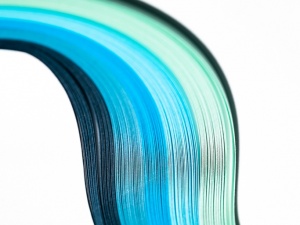Curing conditions for low-resistivity contacts on transparent conductive oxide layers for different solar cell applications
Abstract
The Cu (ln1-xGax)Se2 (CIGS) solar cell technology is a potentially high-efficient approach with unique properties compared with silicon photovoltaic, like flexible lightweight substrates and different colored designs. So far, the full potential of the transparent conductive oxide layers has not been exploited yet as no front contacts are applied, resulting in significant losses from the cell-to-module level. In this study, Ag front contacts are applied by parallel dispensing onto indium tin oxide layers of silicon heterojunction substrates and CIGS substrates. Subsequently, a thermally curing process is carried out to form the conductive contacts. The curing conditions are varied between 200°C ≥ Tc ≥ 100°C combined with 20 min ≥ tc ≥ 1.5 min. The study aims to determine the curing parameters enabling low-resistivity contacts by using low-temperature curing Ag paste and ultralow-temperature curing Ag paste. The lateral electrode resistance and the contact resistivity of printed electrodes are measured. The results of simultaneous thermogravimetry-differential scanning calorimetry (pastes) and microstructure analysis of printed electrodes are used to explain the electrical parameters of the printed electrodes. In general, higher curing temperatures and longer curing durations encourage the sintering and densification process of the applied electrodes resulting in low-resistivity contacts. Contact resistivities below ρc,TLM < 5 mΩ·cm2 and lateral electrode resistance of Rlateral ≥ 17 Ω m−1 are obtained for different paste systems. However, optimal curing conditions of low-temperature curing pastes can cause thermal damage to the CIGS device. Therefore, ultralow-temperature curing pastes seem to be promising candidates for front contact metallization of CIGS substrates.






